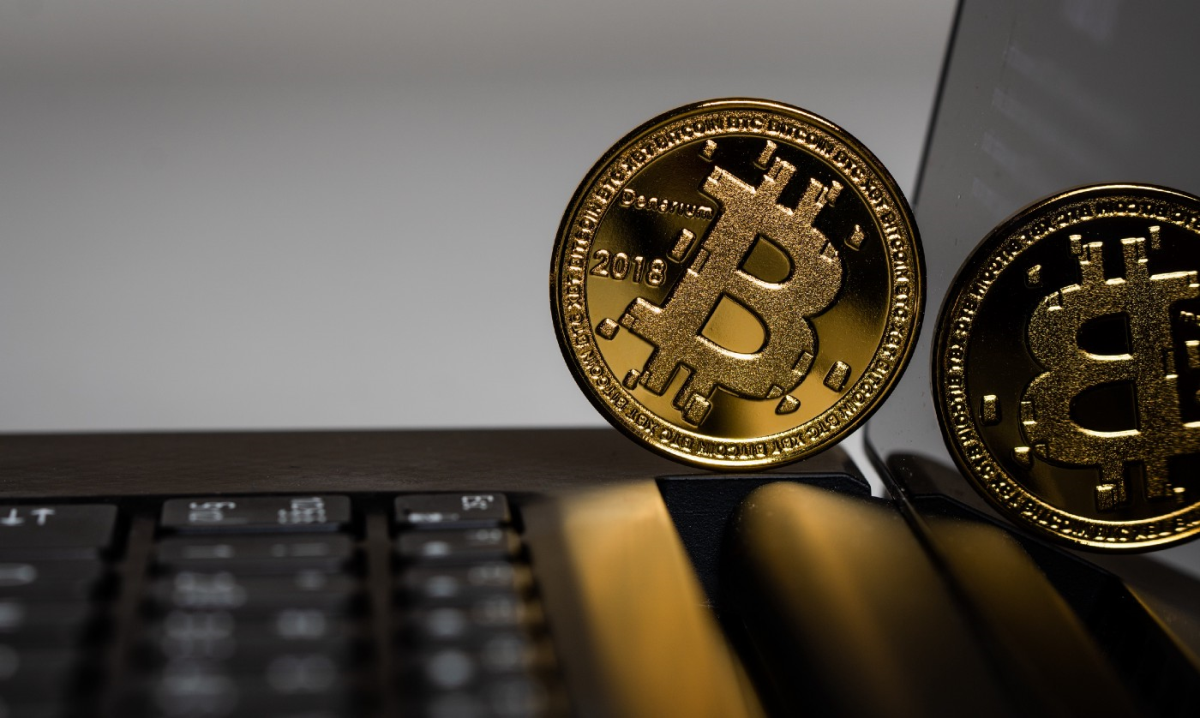Article By ANYANEBECHI Chidera
======
In line with recent events witnessed in the crypto space especially as centralised exchanges are becoming insolvent and leaving with customer funds, it has brought to the fore the need for retail crypto investors to self -custody their funds.
An example of such cases can be cited using the recent FTX collapse. On November 11 2022, FTX a centralised crypto exchange company shut down operations and filed for bankruptcy due to lack of liquidity leading to insolvency.
FTX was owned by Sam Bankman- Fried (SBF) a well-known American investor and entrepreneur. It was indeed the third-largest crypto exchange in the world and was at some point valued at $32 billion.
Things recently unraveled when the CEO of Binance Changpeng Zhao aka CZ took to his twitter account to announce his sale of $500 million dollars’ worth of FTT Tokens, an asset issued by FTX.
CZ found out that FTX misappropriated funds people invested and were using their FTT tokens as collateral for other business ventures.
This caused major uproar and made
people request withdrawal of their funds from FTX in droves. This sudden request for withdrawals from customers led to a run on the exchange.
FTX’s failure to further secure rescue capital to fulfill their customers obligations led to a subsequent pause in withdrawal of customer funds. This ultimately led to its collapse. The company filed for bankruptcy protection shortly after.
This affected a lot of retail customers and institutional investors alike as they were unable to access the funds on the FTX exchange.
In any case this isn’t the first time a major cryptocurrency exchange has fallen and failed in such a spectacular fashion. There are a lot of other examples of exchanges either going insolvent or being hacked in the recent past. There’s no guarantee that this won’t happen again.
As such and in order to forestall a further reoccurrence of customers unable to retrieve their funds in the event that another exchanged goes insolvent or gets hacked, I hereby recommend all crypto investors adopt proper self-custody. This is by far the safest way to keep crypto assets off exchanges and avoid being a victim of any loss of funds. This guarantees that at all times you have access to your assets.
When investing in any cryptocurrency, it is important to consider a safe and secure wallet to use to protect your funds. Many people struggle with knowing how to properly secure their funds.
However, choosing a safe wallet to store your funds is also a very important decision you will have to deal with. There are two major types of crypto wallets and most people typically confuse the two. The first is the custodial and the second is the non-custodial wallet. Let’s examine each one.
Custodial Wallet
A custodial wallet (Ce-Fi) is simply a wallet where the private key is held by a third party. This means the funds in your wallet are controlled by a third party. Custodial wallets are usually provided by centralised crypto exchanges. So in addition to offering trading services, most centralized crypto exchanges provide a shared wallet facility to custody your assets.
Users are not responsible for protecting their funds. A few examples of the custodial wallets are, Binance, Blockchain.com, Coinbase, Luno and the now defunct FTX
A few things to note about custodial wallets are highlighted below.
- the third party is ALWAYS in control of your private key to your funds.
- Transactions are not reflected in real time.
- It has less advanced options so it is user friendly for beginners.
- Custodial wallets are prone to theft and hackers.
- If you lose access to your private key, you can reset
password to gain access.
Non-custodial Wallet
A non-custodial wallet (De-Fi) is a wallet that gives users full control over their funds by using a private key.
The private key is in form of a safe code which is used to protect funds in your wallet. If a non-custodial wallet holder loses their private key, they incur the risk of losing their funds.
There are a number of non-custodial wallets to secure your funds. A few noteworthy examples are Exodus (highly recommend), Copay, Trust wallet and Edge wallet.
A few things to note about non- custodial wallets are highlighted below.
- The private key (usually in the form of 12 words) will be in custody of the user(owner of
funds) without a middle man.
- The non-custodial wallet is usually more advanced and technical to use unlike the
custodial wallet that is user friendly.
- A non-custodial wallet gives
users the freedom to become their own banks.
- A non-custodial wallet cannot
be hacked easily.
- Users are advised to secure and protect their 12 word private key, without access to it you can
lose access to your funds.
Why you should use a non-custodial wallet
The non-custodial wallet is the safest wallet to store your crypto funds. The non-custodial wallets will save you from hackers and losing your funds to third party exchanges in the event of a hack attack or a complete shutdown. It is safe and secure as long as you keep your private key secure.
Personally, I use the Exodus non- custodial wallet and it gives me a one- on-one experience with my funds.
Access and security is generated by me without any third party.
Conclusion
My advice to you is to avoid custodial wallets and use non-custodial wallets such as Exodus or any other one to store and safely secure your funds.
Safety and security are key when investing in cryptocurrency. If you don’t have full control over your funds, you may lose it all.
Always remember this:
“Not your keys, not your coins”





